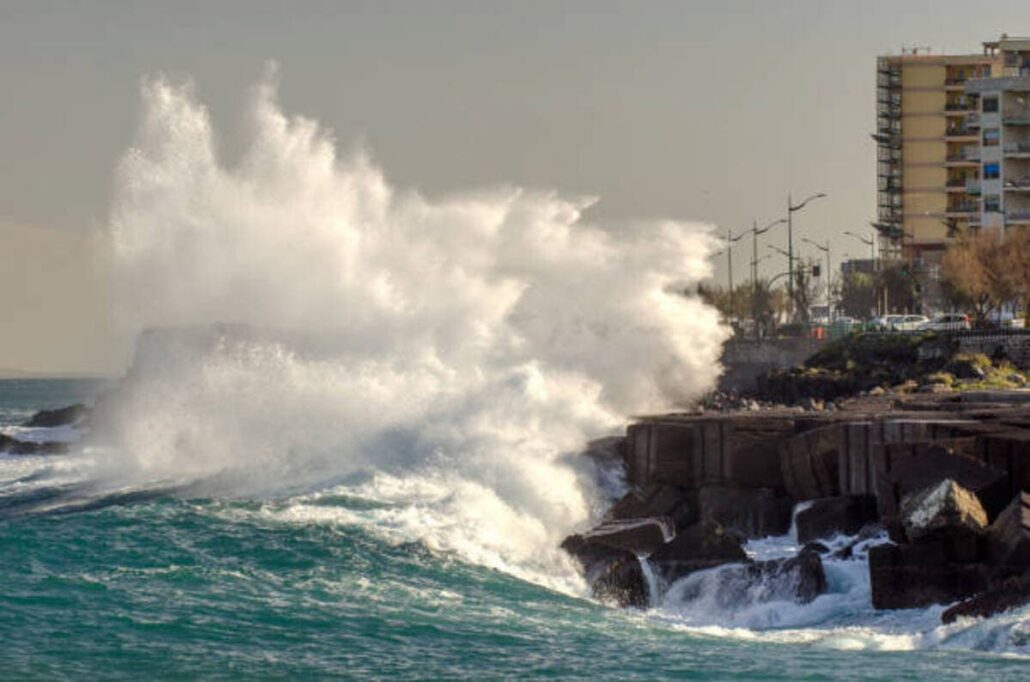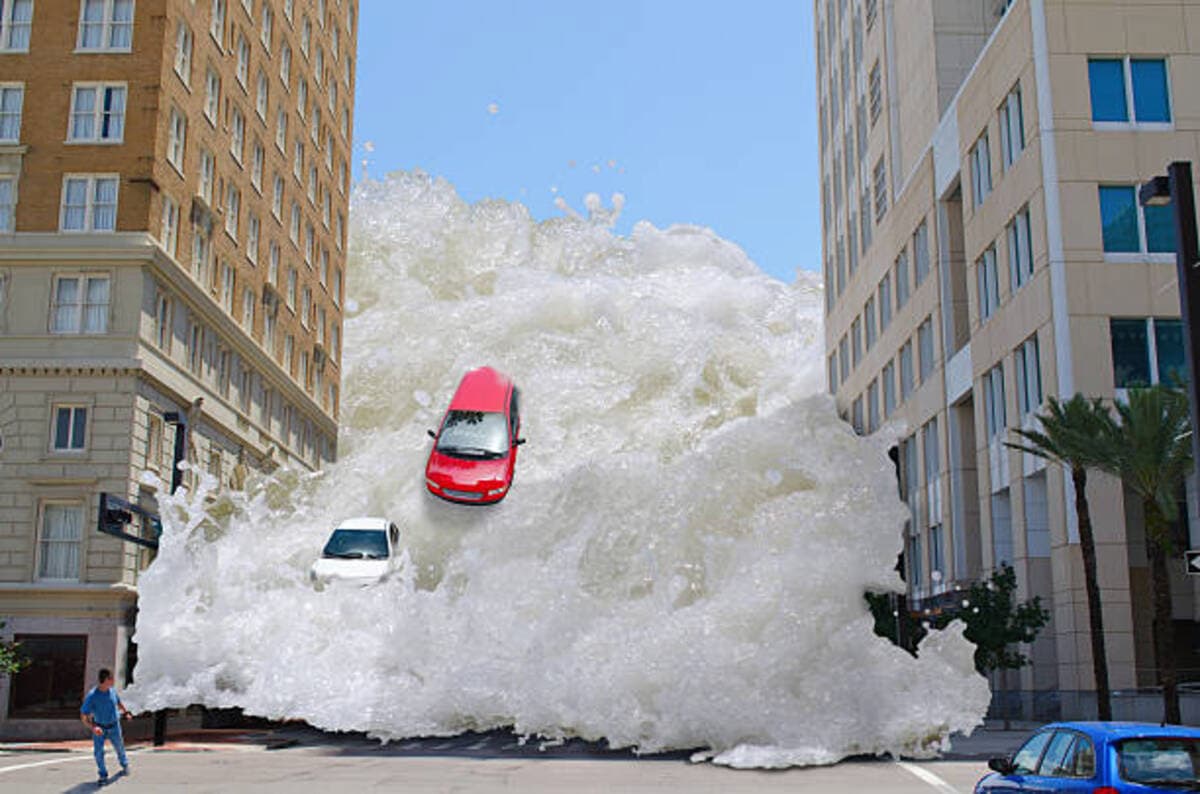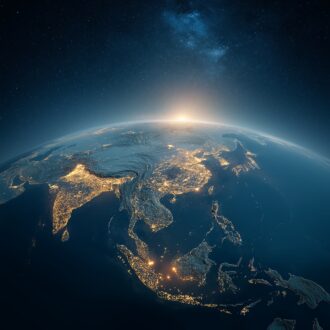A tsunami is a huge wave caused by a large volume of water displacement. Tsunamis are an impressive natural phenomenon. They are one of nature’s most potent forces, capable of leveling entire cities and leaving hundreds or even thousands dead or missing.
The term tsunami applies only to destructive ocean waves resulting from sudden disturbances in the sea. This usually results from an earthquake or violent disturbance in the seabed or atmosphere, as might occur after a nuclear explosion. This post will share the effects of tsunamis. Read on!
Positive Effects Of Tsunamis
Tsunamis have a wide range of positive effects. Many of the effects are not well known or understood. Here are some positive effects of tsunamis.
1. They Cleanse The Ocean
A massive tsunami can cleanse an entire ocean of any harmful materials it finds, such as plastic and oil spills. In some cases, this can create a more habitable environment for marine life by removing garbage and other pollutants from the ocean floor. This can also help restore some species of marine animals that may have been damaged by pollution or overfishing in the past.
2. They Create Landscapes
Tsunamis create unique landforms as they travel across the ocean. The waves leave behind a trail of sand, rocks, and debris seen from space. Tsunami waves also deposit sand on beaches, which may be visible from satellites, and even on other beaches when the tsunami washes over them. This process is called “tidal scouring,” creating distinctive coastal features such as crescent-shaped beaches.
3. Distribution Of Organic Matter
The water left behind by the tsunami can cause large amounts of decomposition and nutrient release, which can positively impact the ocean’s ecosystem. The nutrients released from dying organisms in the water will help other marine life grow stronger and more resilient to future events like tsunamis.
4. Create New Habitats
After an earthquake or tsunami, the ocean currents are disrupted by the event, which causes the water temperature to rise significantly. This causes an abundance of nutrients such as nitrogen and phosphorus to be released into the water column. These nutrients then attract fish called planktonic organisms because they swim freely in the water column having no fixed attachment points on their bodies.
Therefore, when a tsunami hits an area, there will be an increase in planktonic organisms. These organisms can feed off these nutrients and reproduce themselves, providing a food source for fish which will then return after being washed away by another tsunami or earthquake.

Negative Effects Of Tsunamis
The devastating effects of tsunamis can be felt all around the world. There are adverse effects that are experienced by people and animals when a tsunami hits.
1. Damaged Ecosystems
The first effect of a tsunami is that it destroys the ecosystem in a particular area. These include marine ecosystems or terrestrial environments like forests, jungles, or Mountains. The event will affect the plants and animals living in such places as they cannot adapt to this new environment. For example, if there is an earthquake in the middle of nowhere, it will affect the ocean floor, affecting the animals living on it. The same thing happens when there is an earthquake on land, too, because the earth shakes up and down, making it hard for plants and animal life to adjust to this new situation.
2. Economic Losses
The economic losses caused by a tsunami are significant because they affect the economy such as loss of life, destruction of property, damage to infrastructure, and more. The cost of reconstruction is also high since many buildings were damaged during the event. This means that the government had spent more money than initially expected when they started building new structures after an earthquake at sea level.
3. Social Disruptions And Loss Of Lives
Tsunamis can cause social disruptions and loss of lives. Tsunami waves can destroy buildings, bridges, roads, and ports and cause other infrastructure to collapse. This can lead to loss of lives due to injuries or drowning in water after the tsunami waves hit you directly or suddenly hit you from behind your house because the bridge connecting your house with another house has collapsed due to the tsunami waves.
4. Damage Infrastructure
Tsunamis can cause damage to infrastructures such as bridges and roads, power lines and utilities, airports, ports and harbors, communications systems, and other facilities. The damage depends on the location of the tsunami source, the type of structure affected, and its location on the shoreline. Damage may be severe enough to cause complete or partial collapse of buildings or other structures. For example, a major earthquake offshore from Japan caused extensive damage to buildings in Tokyo, resulting in loss of life and injury.
5. Disruption In Communication Networks
Tsunamis often disrupt communication systems because they depend on electricity or other power sources, which are vulnerable to flooding. In addition, communication systems may be temporarily out of service due to failure or damage to the equipment caused by earthquakes or tsunamis. This can lead to confusion among emergency responders who are trying desperately to find out what is happening with their loved ones while they struggle with communication.
6. Damage To Transportation Systems.
The most obvious effect of a tsunami is the destruction of cities, towns, and ports along its path. The interruption of road and rail traffic can lead to shortages in food supplies and damage to industrial facilities that produce goods for the local economy.
7. Destruction Of Fisheries.
Fishing boats are often washed ashore by tsunamis; their crews may be killed or injured, and their catch damaged or destroyed before it can be salvaged. This is particularly true if an earthquake causes a tsunami in an area with a strong fishing industry (such as Japan).
Wrap Up
Tsunamis are among the most devastating natural disasters that can strike a community. They may be triggered by earthquakes, landslides, or volcanic eruptions from far off in the ocean. Tsunamis bring water, mud, and debris for miles on end. It has both positive and negative effects on the ocean and towns near the ocean.


